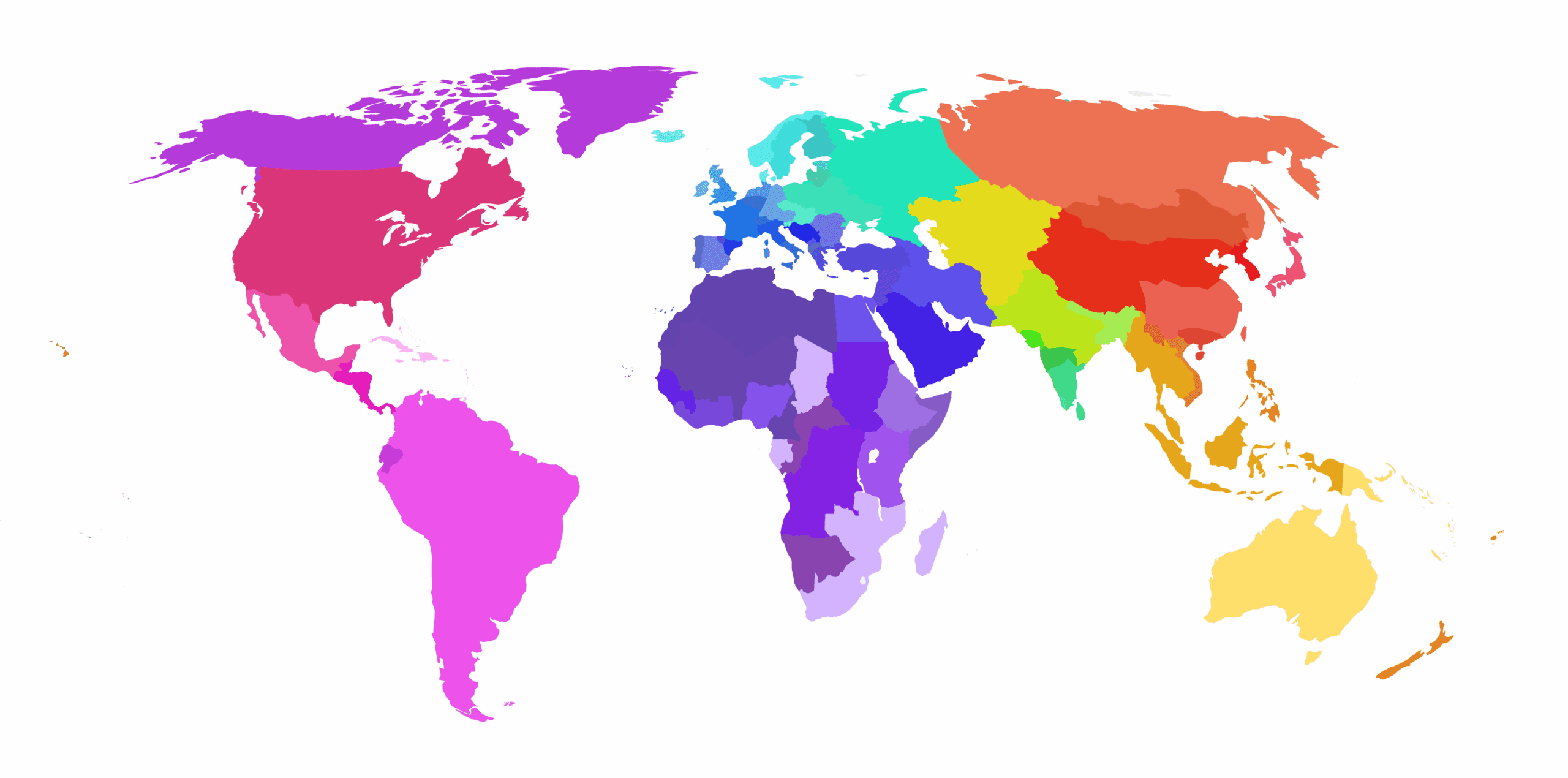
Photo by Nancy Catherine Walker/iStockphoto
If you were adopted, conceived through sperm donation or don’t know your parents for some other reason, 23andMe can give you a glimpse into your genetic legacy. Our service can’t help you locate your biological parents or reveal their medical histories — but it can provide some information about their heritage, and maybe even offer a few hints at some of their traits
Click here to learn more about what 23andMe’s Personal Genome Service can and can’t do with regard to unknown parents:
Ancestry
23andMe’s Personal Genome Service offers a number of different tools for probing your ancestry. The broadest view comes from the Global Similarity feature, which identifies the native populations around the world you most resemble genetically. It is likely the majority of your ancestors came from the one or two regional populations that are most similar to you.
The Maternal Ancestry feature offers a different vantage point, using one specific part of the genome to trace a single branch of your family tree back in time and space. The results apply to only one branch — your mother’s all-female lineage — but they trace it all the way back to the origin of the human species about 200,000 years ago. As a result, the Maternal Ancestry feature gives you a very good idea of where your mother’s mother’s mother’s … family came from.
The Paternal Ancestry feature provides similar information, except that it provides information about a person’s all-male ancestral line. Because it analyzes DNA on the Y-chromosome, however, it is only available for men.
Finally, 23andMe recently introduced the Ancestry Painting feature, a new component of our service that could be of great interest to people who are uncertain about their heritage. Ancestry Painting examines each stretch of a person’s DNA and determines which of three continents it most likely came from — Africa, Asia or Europe. Because each person gets a complete set of chromosomes from each parent, the Ancestry Painting feature can tell an adopted person what continent each of his or her parents’ ancestors came from. The daughter of an African-American mother and an Asian-American father, for example, could easily see that signature in her Ancestry Painting.
Family Relationships
The data produced by 23andMe’s Personal Genome Serviceâ„¢ is not a tool to locate unknown parents. But it can be useful for determining the relationships between people. If you suspect another person might be related to you, you could test that theory (as long as that person also signs up for 23andMe and agrees to share profiles). For example, if you and a half-sibling compared yourselves to one another you would find that you share substantial stretches of half-identical DNA.
Health and Physical Traits
Most people make assumptions about some of the genetic variants they have inherited by looking at their parents and grandparents. A family history of heart disease, cancer or diabetes, for example, may indicate that a person has inherited some genetic predisposition for that particular ailment.
Naturally, people who do not know their parents have no idea about any disease-related genetic variants they might have inherited. While 23andMe does reveal some genetic information about genetic variations that have been associated with diseases and conditions, it does not offer a full enough view to establish a family history.
Because genetics is only one among many factors that can influence a person’s health and physical traits (and often only a minor factor!) there is very limited definitive information 23andMe can provide about unknown parents’ physical appearance or medical history. But even at this early stage of research, 23andMe can give you a glimpse at your parents’ DNA simply by showing you your own, along with the results of recent scientific studies that give it context. And over time, we hope to learn much more about how genetic information translates into physical traits and health outcomes.



